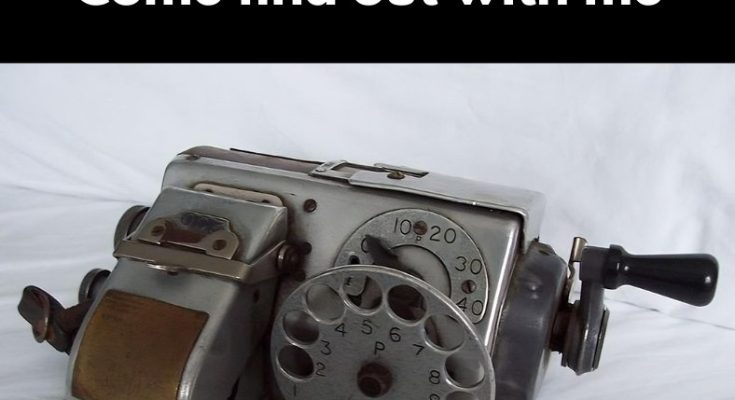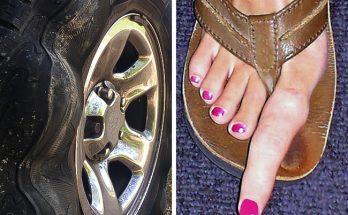When was the last time you reached for a pencil? Maybe it was while you were sketching your next masterpiece, marking up a woodworking project, or even solving a tricky crossword puzzle. For many, using a pencil is a throwback to simpler times—those school days when breaking a pencil tip was a legitimate excuse to hang out by the sharpener on the teacher’s desk. The pencil was your first tool, your childhood companion, and perhaps, even a means of subtle procrastination.

Today, with our modern pens and digital devices, the humble pencil often gets left behind. Yet, for those of us who still appreciate it, the pencil represents simplicity, tradition, and adaptability. Whether it’s for drawing, writing, or crafting, there’s something uniquely satisfying about a sharp pencil. And what makes a pencil truly useful? A sharpener.
The Origins of the Pencil Sharpener: From Whittling to Innovation
Believe it or not, sharpening a pencil wasn’t always as easy as it is today. Before sharpeners were invented, people used to whittle away at pencils with knives—a method that was effective but time-consuming. Enter Bernard Lassimone, a Parisian mathematician who, in 1828, introduced the first “taille crayon,” or pencil sharpener. Though Lassimone’s device was safer than a knife, it wasn’t exactly efficient.
The British quickly followed suit, with Cooper & Eckstein launching their own “Patent Pencil Pointer” in the 1830s. While similar to Lassimone’s version, it wasn’t until the French innovator Therry des Estwaux designed a conical sharpener that the process of pencil sharpening became faster and more precise. This marked the beginning of a new era for pencil users everywhere.
A Slice of History: The Pencil Sharpener’s Golden Age
As the 19th century progressed, pencil sharpeners underwent various improvements. In 1896, A.B. Dick, an American, developed the “Planetary Pencil Pointer,” which brought about a significant upgrade. With a mounted pencil holder and rotating milling disks, this sharpener could produce a perfectly pointed pencil with minimal effort. This model was the forerunner of the crank sharpener that many of us recognize from school days, where a simple turn of the handle transformed a blunt pencil into a sharp writing tool.
In 1904, another innovation came with the “Olcott Climax Pencil Sharpener.” This device featured a cylindrical cutter and spiral edges that allowed for even finer sharpening. With a single crank turn, the Climax could produce 56 hair-thin shavings—a testament to the evolving precision in pencil sharpening technology.
Types of Pencil Sharpeners: Which One Suits You Best?
Pencil sharpeners have evolved, but their basic categorization remains the same. They generally fall into three types:
- Abrading Sharpeners: Using sandpaper or files, these tools wear down the pencil to reveal the graphite. While not as popular today, they’re still favored by some artists.
- Milling Cutters: These sharpeners use grinding action across multiple blades to carve the pencil evenly.
- Blade-Based Sharpeners: The most common type, these rely on single or multiple blades that shave off the wood to reveal the pencil’s lead.
While the traditional blade sharpener remains popular, electric sharpeners took over during the 20th century, introducing new speed and convenience to the art of pencil sharpening.
The Rise of Electric Pencil Sharpeners

In 1917, the first electric pencil sharpener was created by the Farnham Printing & Stationery Company in Minneapolis. However, it wasn’t until the 1940s that electric sharpeners became widely available, particularly in office environments. These devices offered a level of precision and ease that manual sharpeners simply couldn’t match. Electric sharpeners continue to evolve today, with models that include features such as auto-stop, shavings containers, and even multi-hole slots to accommodate various pencil sizes.
Modern Innovations: Pencil Sharpening for the 21st Century
With the resurgence of artisanal and retro-inspired products, pencil sharpeners have made a stylish comeback. New designs now emphasize both function and aesthetics, blending the latest technology with timeless elegance. A perfect example is the Høvel Pencil Plane from Brahman Design, a modern interpretation of early sharpening methods. This brass, plane-style sharpener allows users to customize their pencil’s tip to their specific needs. The Høvel is both a tool and a piece of art, with its sleek design and precision engineering appealing to artists, craftsmen, and casual pencil users alike.

Another notable innovation is the Caran d’Ache Pencil Peeler. Named after the Russian word for “pencil,” Caran d’Ache has been a leader in the pencil industry for over a century. The Pencil Peeler offers a unique, manual experience. Using a peeling method similar to a potato peeler, this tool enables artists to create various tip shapes, such as needle, chiseled, or rounded tips. The Caran d’Ache peeler is especially popular among artists who use softer-core pencils, as it offers gentle, precise sharpening.
For those who prefer machine sharpeners, Caran d’Ache also offers the Brut Rosé Lacquer Finish Machine Sharpener. This limited-edition piece combines high-performance cutting technology with a stunning exterior, making it a desk accessory as much as a functional tool. This machine can accommodate hexagonal and round pencils and includes a length adjustment screw for even more customization.
Why Do We Still Love Pencil Sharpeners?

In an era where digital devices dominate, why are we still drawn to pencils and their sharpeners? The answer lies in the tactile experience and simplicity they offer. Pencils invite us to slow down, make mistakes, and start fresh with just a twist of a sharpener. For artists, the act of sharpening a pencil can be meditative, and for writers, it’s a reminder of a time when every word was carefully crafted.
Today’s pencil sharpeners are more than just tools—they’re symbols of creativity and personal expression. From the sleek designs of the Høvel to the precision of Caran d’Ache machines, modern sharpeners represent a return to craftsmanship in an increasingly automated world.
Conclusion: The Enduring Appeal of the Pencil and Its Sharpener
The journey of the pencil sharpener is a testament to human ingenuity. From the days of whittling with knives to today’s beautifully engineered devices, sharpeners have continually evolved to meet our needs. Whether you’re an artist, a writer, or simply someone who appreciates well-made tools, a quality sharpener transforms a pencil from a stick of wood into a tool of limitless potential.



